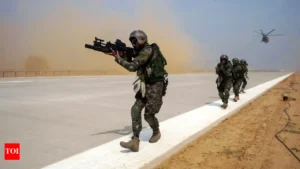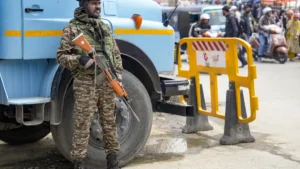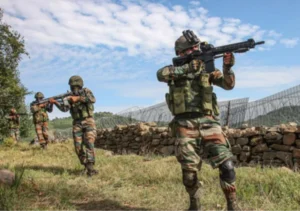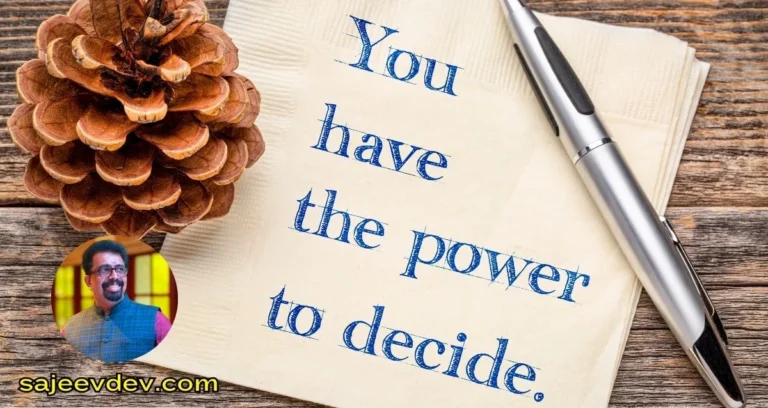
“Civil Defence Drills Ordered for Nationwide Preparedness: India’s Strategic Response!”2025

The Government of India has ordered nationwide civil defence exercises to increase the nation’s resilience against future crises, a move that highlights the increased focus on disaster preparedness and national security. The goal of this recently announced strategic initiative is to provide citizens, communities, and institutions with the coordination and skills needed to effectively respond to emergencies, whether they are caused by natural disasters, man-made disasters, or geopolitical threats. India’s proactive approach demonstrates a strong commitment to protecting its 1.4 billion citizens as the world faces growing uncertainties, from climate-driven disasters to changing security challenges.
Resilience in Action
The Context: Why Now?
The choice to hold nationwide civil defence exercises was made at a time when India is dealing with a wide range of difficult issues. The need for a prepared population has never been more important, given the rising geopolitical tensions in the Indo-Pacific area and the growing frequency of climate-related disasters like heatwaves, cyclones, and floods. This initiative has been positioned as a pillar of India’s national security and disaster management framework by the Ministry of Home Affairs, the National Disaster Management Authority (NDMA), and state governments.
Geopolitical Imperatives

The strategic landscape of India is changing quickly. The threat of war, whether conventional or hybrid, looms large because it shares borders with countries like China and Pakistan, both of which have caused military and diplomatic tensions. The ongoing cross-border tensions with Pakistan and the 2020 conflict in the Galwan Valley with China underscore the importance of a prepared and alert nation. In this context, civil defence exercises are not only about responding to disasters but also about building a resilient culture that can help the military in times of need.
Climate and Disaster Challenges
India is among the nations most vulnerable to natural disasters worldwide. Over 68% of India’s landmass is susceptible to earthquakes, 12% to floods, and 8% to cyclones, according to the NDMA. Climate change has caused these events to become more intense, which has placed tremendous strain on disaster response systems. For example, the devastating cyclones in Gujarat and Odisha, as well as the floods in Himachal Pradesh in 2023, highlighted the necessity of community-level readiness to support government initiatives.
Objectives of the Civil Defence Drills

The nationwide civil defence drills are designed with a multi-pronged approach to enhance preparedness across urban and rural areas. The key objectives include:
- Public Awareness and Education: The drills aim to educate citizens about potential threats, ranging from earthquakes and floods to terrorist attacks and chemical spills. By simulating real-world scenarios, the initiative seeks to demystify emergency response and empower individuals with actionable knowledge.
- Skill Development: Training programs will focus on critical skills such as first aid, search and rescue, fire safety, and basic survival techniques. Special emphasis will be placed on vulnerable groups, including women, children, and the elderly, to ensure inclusivity.
- Coordination and Collaboration: The drills will foster seamless coordination between civil defence volunteers, local authorities, police, fire services, and the armed forces. This integrated approach is crucial for ensuring a unified response during large-scale emergencies.
- Infrastructure Testing: The initiative will test the robustness of critical infrastructure, such as communication networks, hospitals, and shelters, to identify gaps and improve resilience.
- Community Resilience: By involving schools, colleges, workplaces, and resident welfare associations, the drills aim to build a culture of preparedness at the grassroots level. This community-driven model ensures that even remote areas are equipped to handle crises.
The Framework: How Will the Drills Be Conducted?

The civil defence drills are being rolled out in a phased manner, with a focus on scalability and adaptability. The NDMA, in partnership with state disaster management authorities, has outlined a comprehensive framework to ensure the drills are effective and inclusive.
Phase 1: Awareness Campaigns
The first phase involves a nationwide awareness campaign to sensitize citizens about the importance of civil defence. This will include media outreach, social media campaigns, and community workshops. Schools and colleges will play a pivotal role, with mock drills integrated into their curricula to instill preparedness from a young age.
Phase 2: Training and Simulation
The second phase will focus on hands-on training and simulation exercises. Volunteers from the Civil Defence Corps, National Cadet Corps (NCC), and National Service Scheme (NSS) will be trained as first responders. Urban areas will conduct drills simulating scenarios like earthquakes, chemical attacks, or urban flooding, while rural areas will focus on floods, landslides, and agricultural crises.
Phase 3: Evaluation and Feedback
The final phase will involve evaluating the effectiveness of the drills through feedback from participants and stakeholders. This data will be used to refine training modules, address logistical challenges, and scale up the program to cover underserved areas.
Technology Integration

India is using technology to increase the impact of the drills. Real-time alerts and training materials will be made available through mobile apps such as the NDMA’s “Disaster Management” app. To model disaster situations and improve response tactics, drones, GIS mapping, and AI-powered predictive models will be employed. In order to train responders in high-risk situations without exposing them physically, virtual reality (VR) simulations are also being investigated.
The Role of Citizens
While the government is spearheading this initiative, its success hinges on active citizen participation. Civil defence is not just the responsibility of authorities but a collective effort that requires every individual to play a role. Citizens are encouraged to:
- Participate Actively: Attend training sessions and drills organized by local authorities.
- Stay Informed: Follow updates from the NDMA and state disaster management agencies.
- Build Personal Preparedness: Create emergency kits, learn basic first aid, and develop family evacuation plans.
- Volunteer: Join civil defence units or community response teams to contribute to national resilience.
Challenges and the Way Forward

While the initiative is ambitious, it is not without challenges. India’s vast and diverse population, coupled with varying levels of infrastructure and literacy, poses logistical hurdles. Rural areas, in particular, may face difficulties due to limited access to training resources and communication networks. Additionally, sustaining public interest and participation over time will require continuous engagement and incentives.
To address these challenges, the government must prioritize:
- Inclusivity: Tailor drills to accommodate linguistic, cultural, and regional differences.
- Public-Private Partnerships: Collaborate with corporations, NGOs, and tech firms to fund and scale the initiative.
- Sustained Momentum: Integrate civil defence into everyday governance, such as urban planning and education, to ensure long-term impact.
A Strategic Vision for a Resilient India
India’s approach to readiness has changed dramatically as a result of the countrywide civil defence exercises. India is creating the groundwork for a resilient future by utilising technology, empowering its people, and fortifying its institutions. This program aims to create a country that can prosper in the face of hardship, not just respond to emergencies.
The civil defence exercises represent an inclusive and proactive approach as India negotiates the challenges of the twenty-first century, including geopolitical rivalries and climate change. They serve as a reminder that disaster preparedness and national security are joint duties that call for cooperation, alertness, and fortitude.





